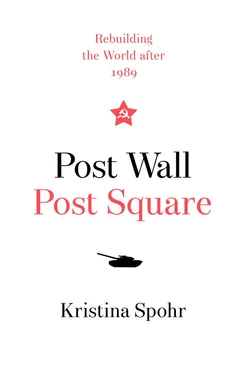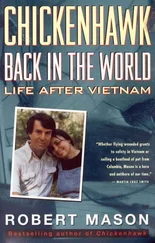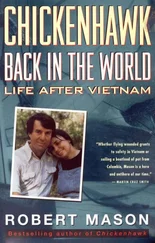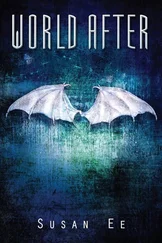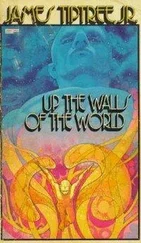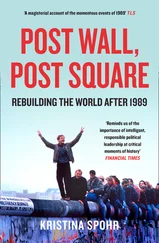But contagion affecting a plethora of communist states was not the only dynamic of 1989. In one of these countries, Hungary, reform had the power to act as a solvent for the whole Soviet bloc and indeed for Cold War Europe itself.
*
This became clear on 27 June 1989, in a graphic image that rapidly made its way around the globe: two men, smartly dressed in business suits but standing in open country, wielded bolt cutters to nip holes in a rusty barbed-wire fence. The duo – Hungarian foreign minister Gyula Horn and his Austrian counterpart Alois Mock had travelled specially to the Austria–Hungary border to send a deliberate signal. Side by side, cutting through the wire fence, they seemed to be conveying the good news that the division of post-war Europe was coming to an end.
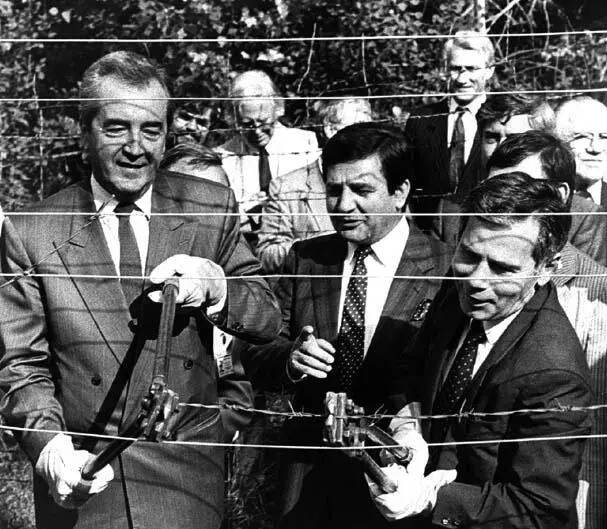
Horn and Mock cut the Iron Curtain
It was, of course, something of a public-relations stunt. When Horn proposed the fence-cutting ceremony, Németh jokingly replied: ‘Gyula, do it, but hurry up – there isn’t much barbed wire left.’ [36]In reality, the two governments had started to remove the border installations, including watchtowers and alarm system, on 2 May and the actual decision to do so dated back to the end of 1988 when Németh, as part of his package of reforms, had scrapped the budget for the maintenance of the whole decrepit system. The alarm was still going off – around 4,000 times a year, but mostly caused by rabbits, deer, pheasants and the occasional drunk. The bankrupt government did not have the money to repair it and, in any case, earlier that year travel restrictions for Hungarians had been lifted entirely: twelve months on, by the end of 1988 6 million Hungarian tourists had travelled abroad, mostly to the West. [37]
Németh checked his decision to take down the iron fencing around his country with Gorbachev when visiting Moscow on 3 March and the Soviet leader raised no objection: ‘We have a strict regime on our borders, but we are also becoming more open.’ But, as Németh admitted to Gorbachev, the situation was more complex for Budapest, because the only remaining purpose of the fence was to catch citizens from East Germany who were trying to escape illegally to the West via Hungary. ‘Of course,’ he therefore added, ‘we will have to talk to the comrades from the GDR.’ [38]
The East German regime, led by Erich Honecker since 1971, received the news of the border opening with a mixture of anger and anxiety. Anger, because the Hungarians had done it alone – with Gorbachev’s blessing but without consulting the rest of the Warsaw Pact allies. And real anxiety because any East German with valid travel documents to Hungary could conceivably escape the bloc into Austria and then on to automatic citizenship in West Germany. In other words, Hungary would become a fatal loophole in the Iron Curtain that the GDR had struggled so long to preserve in order to maintain its political existence.
Nevertheless, when Hungary began the removal in early May the East German defence minister General Heinz Kessler appears to have still been relatively unstressed. He told Honecker that his Hungarian counterpart General Ferenc Kárpáti had assured him that the dismantling was being done ‘entirely for financial reasons’ and that Hungary would obviously continue to secure the border through more watchtowers and ‘intensified patrols’ with sniffer dogs. Kárpáti, of course, was following instructions from Németh who had told him to play for time and keep things vague with East Berlin. ‘If we start to explain the full situation we’ll give ourselves away and get into even worse trouble.’ Crucially, Kessler took Kárpáti at his word and dutifully reported to Honecker that the dismantling of the 260-kilometre border fence was intended as a gradual process that would last until the end of 1990, at a rate of about four kilometres a week, and starting in the vicinity of four of the eight border crossings. Hungary, he explained, was undertaking this ‘cosmetic venture’ in a timely manner to advance good neighbourly relations with Austria and as part of a general relaxation of tensions in Europe. [39]
With barbed wire disappearing every day, however, East Berlin remained on edge. Honecker sent his foreign minister Oskar Fischer to Moscow to complain, only to be told by Shevardnadze that the GDR had to resolve this matter directly with Hungary. [40]And so East Germany found itself alone, without any support from Moscow – sandwiched between a reforming Poland in the East, its capitalist German rival in the West and an ever more liberal and open Hungary further south.
Initially, as Kárpáti had promised, Hungarian border guards did detain East German ‘fugitives’ at those first de-fenced sections near border checkpoints. The Iron Curtain seemed to be holding. But, as news got out and especially after seeing the images of Horn and Mock on 27 June, people felt increasingly emboldened. And so, as the weeks wore on, the so-called ‘green border’ (the dismantled sections farther away from the crossings and therefore less thoroughly patrolled) offered better opportunities for escapees. By August some 1,600 East Germans had successfully taken this route to reach the West. [41]
The Honecker regime did its level best to keep all this out of the papers and off the TV. But it was too late. East Germans had got the message: Hungary was their gateway to freedom.
*
Hungary’s simmering international crisis was also the top item on the agenda when Gorbachev met Kohl in Bonn on 12 June 1989 for his first state visit to the FRG since he took office. [42]‘We are watching the developments in Hungary with great interest,’ the chancellor declared. ‘I told Bush that as far as Hungary is concerned, we are acting on the basis of an old German proverb: let the church remain in the village. It means that the Hungarians should decide themselves what they want, but nobody should interfere in their affairs.’ Gorbachev agreed: ‘We have a similar proverb: you do not go to somebody’s monastery with your charter.’ They both laughed. ‘Beautiful folk wisdom,’ exclaimed Kohl.
Then the Soviet leader became more sombre. ‘I am telling you honestly – there are serious shifts under way in the socialist countries. Their direction originates from concrete situations in each country. The West should not be concerned about it. Everything moves in the direction of a strengthening of the democratic basis.’ Here was Gorbachev’s endorsement of socialist renewal on a national level. But he also issued a guarded warning to Kohl, mindful of pressures on the chancellor to offer financial support to opposition groups in the Soviet bloc. ‘Every country decides on its own how it does it. It is their internal affair. I think you would agree with me that you should not stick a pole into an anthill. The consequences of such an act could be absolutely unpredictable.’
Rather than get into that argument, Kohl simply said that there was ‘a common opinion’ in the USSR, the USA and the FRG that ‘we should not interfere with anybody’s development’. But Gorbachev wanted to underline his point. If anyone tried to destabilise the situation, he said, ‘it would disrupt the process of building trust between the West and the East, and destroy everything that has been achieved so far.’ [43]Next day, 13 June, he and Kohl signed no less than eleven agreements expanding economic, technological and cultural ties and a joint declaration affirming the right of peoples and states to self-determination – a significant step, especially from the German perspective. [44]
Yet the ‘Bonn Declaration’ was much more. It was the centrepiece of a state visit whose primary importance for the West Germans was the symbolic reconciliation of two nations whose brutal struggle had left Germany and Europe divided. It defined what both deemed to be a new and more promising phase in Soviet–West German relations. This was reflected in the conclusion expressing ‘the deep, long-cherished yearning’ of the two peoples ‘to heal the wounds of the past through understanding and reconciliation and to build jointly a better future’. [45]
Читать дальше
